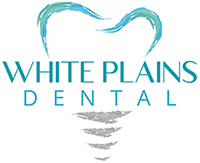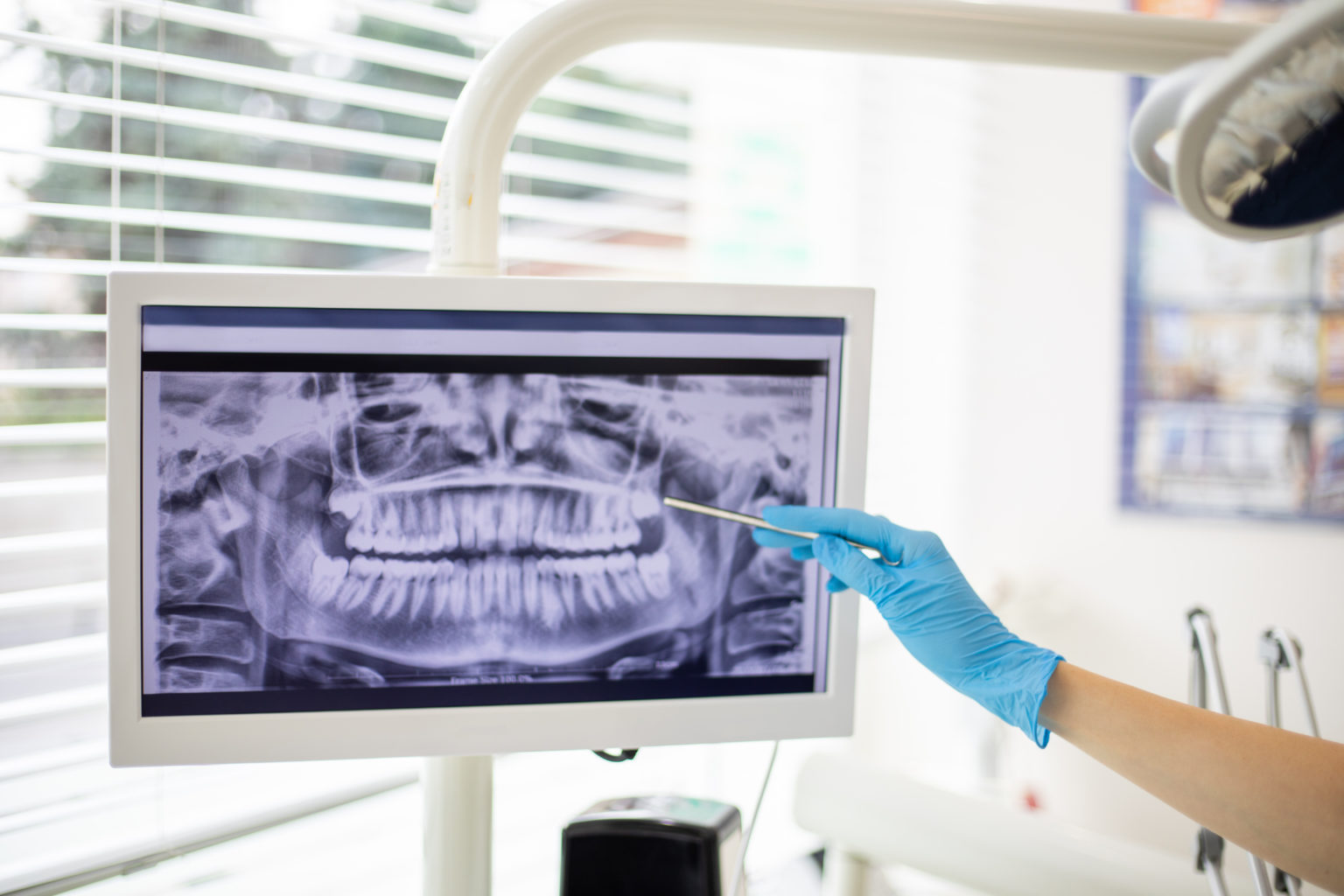Dental X-rays are a powerful tool for dentists to detect damage and disease that can’t be seen with the naked eye. Getting dental X-rays is a routine procedure conducted during regular dental checkups. Usually, a patient receives dental X-rays once per year, but sometimes the dentist may recommend them more or less frequently depending on the patient’s oral health.
Radiation and Dental X-Rays
A common concern about getting X-rays is that they can be unsafe. This stems from the fact that X-rays emit radiation. Although this is a valid concern, dental X-rays are relatively safe since they emit only a small level of radiation. When performing dental X-rays, dentists take precautions to limit the radiation exposure such as using a leaded apron to shield the body. Also, with newer technology such as Planmeca ProMax® 2D, patients are exposed to even lower levels of radiation. The Planmeca Ultra Low Dose™ imaging protocol reduces patient radiation exposure by an average of 77%. Here at White Plains Dental, we are a certified ALADA (As Low As Diagnostically Acceptable) practice, so you can feel comfortable getting dental X-rays.
Importance of Dental X-Rays
Of course, no radiation exposure is better than even a little, however the health issues that can arise from not getting X-rays can be more dangerous. Dental X-rays can detect problems in your mouth, teeth, gums and jaw early on. Implementing treatment before the issues escalate can save money, pain and even your life. Below are some of the health problems dental X-rays can detect:
- Tumors and cysts.
- Infection at the tooth’s root or between the tooth and gum know as an abscess.
- The position and condition of teeth ahead of procedures for braces, dental implants, or dentures.
- Changes in the root canal or bone due to infection.
- Bone loss in the jaw.
- Decay beneath existing fillings.
- Decay, especially small areas of decay between teeth.




